The Best of The Best–Florida Stone Crabs
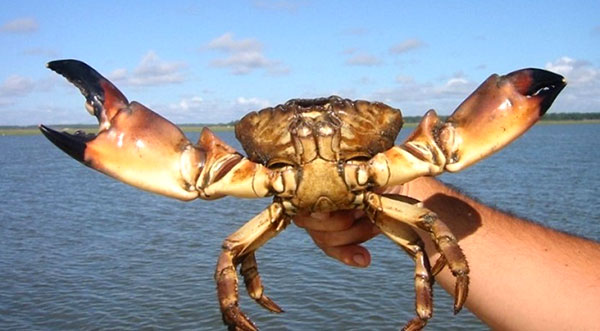
Crabs are a favorite of American diners. There are Dungeness crabs on the Pacific coast and blue crabs from Maryland to the Carolinas. But there’s no crab like Florida’s stone crab, Menippe mercenaria. Found off both the Atlantic and Gulf coasts, stone crabs are not killed during the harvest of their claws. Harvesting is accomplished by removing one or both claws from the live animal and returning it to the ocean where it can regrow the lost limb(s). To be kept, claws must be 2.75 inches (70 mm) long, measured from the tips of the immovable finger to the first joint.
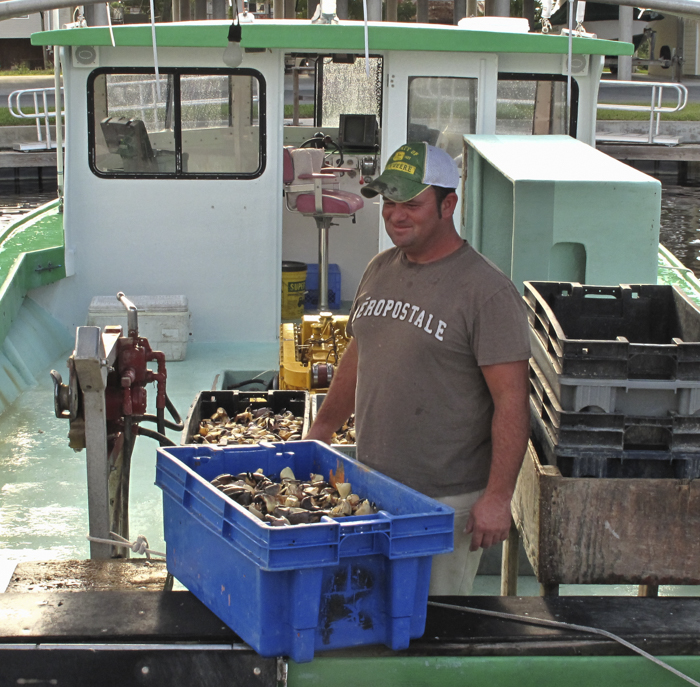
Stone crabs are not sold uncooked, and are easy to prepare at home. Cooked almost immediately brought ashore, they can be eaten warmed up or cold. The most difficult part of eating the claw meat is getting to it, usually with a hammer, mallet or nut crackers. In our Natural North Florida region, stone crab claws are usually served with drawn butter, while the south Florida dip based on mustard can also be found.
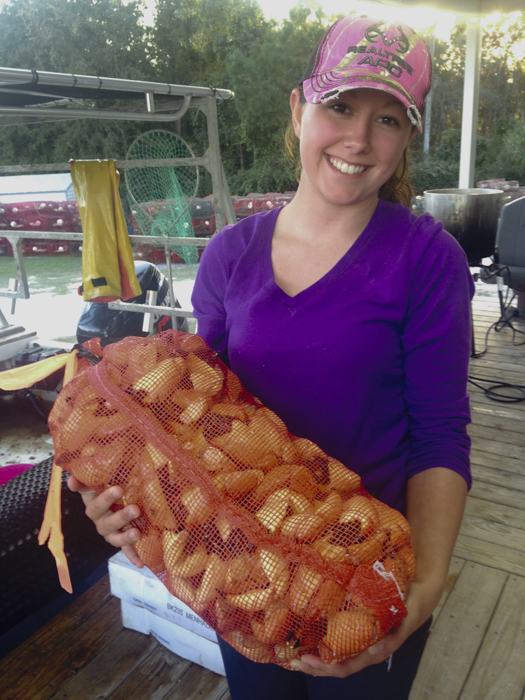
Stone crabs are sold based on size. There are medium, large, jumbo and colossal. The larger the size; the higher the price at the market or the restaurant. Six medium claws is an average serving, and in many opinions, the medium claws off the best yield of meat to shell. Also, you may find “floaters”, immature claws with less meat, at reduced prices.
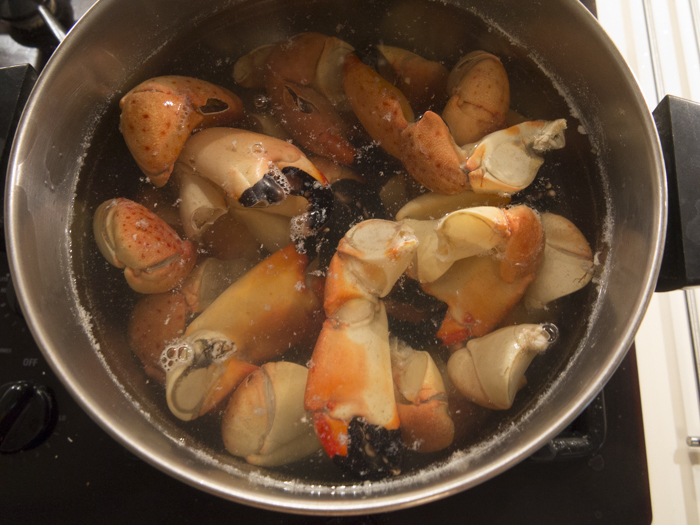
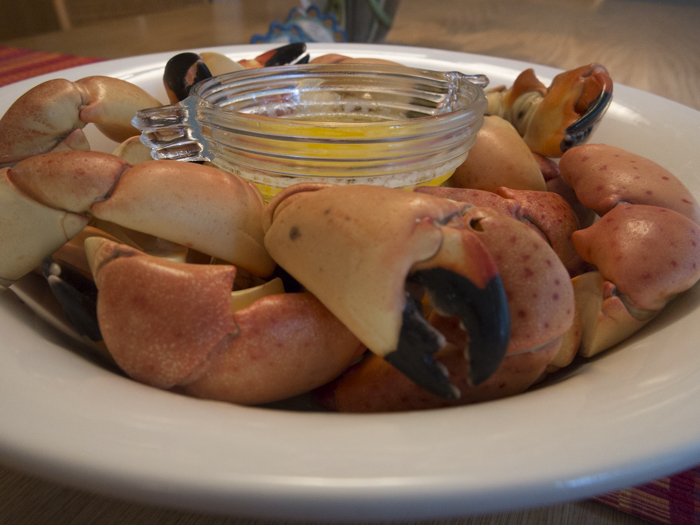
Florida’s commercial stone crab season runs from mid-October until early May, making them the perfect meal or appetizer for the holidays. You can find them at most seafood markets and on the menus at almost any restaurant along the Gulf of Mexico coast.

